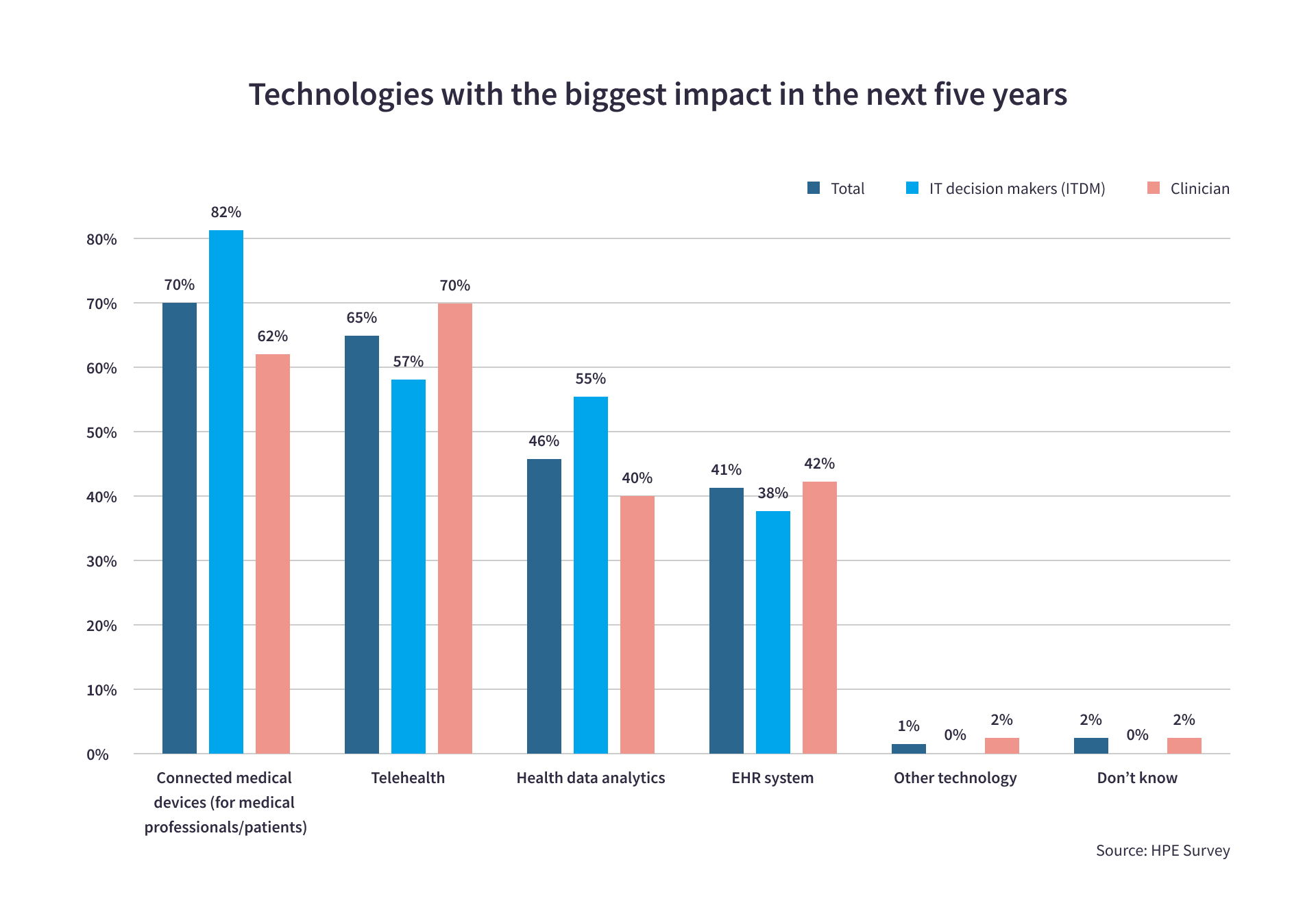
Assessing Pandemic Risks: Strategies for Preparedness
The landscape of global health is marked by constant shifts, making pandemic risk assessment a critical aspect of preparedness. This article explores the strategies involved in assessing and mitigating the risks associated with potential pandemics.
Understanding Pandemic Risk: A Dynamic Challenge
Pandemic risk is a dynamic challenge that requires a comprehensive understanding of various factors. These include the nature of infectious agents, their transmission dynamics, the vulnerability of populations, and the effectiveness of existing healthcare systems. A nuanced approach to risk assessment involves continuous monitoring and analysis of these interconnected elements.
Surveillance Systems: Early Detection for Timely Response
Effective pandemic risk assessment begins with robust surveillance systems. These systems leverage data from various sources, including healthcare facilities, laboratories, and public health reports. Early detection of unusual patterns or outbreaks is crucial for initiating a timely response. Investing in advanced surveillance technologies enhances our ability to identify potential threats swiftly.
Data Analytics: Unraveling Patterns and Trends
In the era of big data, leveraging analytics is paramount for pandemic risk assessment. Analyzing vast datasets allows us to unravel patterns and trends, providing insights into the potential trajectory of infectious diseases. Data-driven decision-making enhances the precision of risk assessments, enabling authorities to allocate resources efficiently and implement targeted interventions.
Epidemiological Modeling: Projecting Potential Outcomes
Epidemiological modeling plays a key role in pandemic risk assessment by projecting potential outcomes based on various scenarios. These models take into account factors such as transmission rates, population density, and intervention measures. By simulating different scenarios, authorities can anticipate the impact of a potential pandemic and devise strategies for effective response.
Vulnerability Assessment: Identifying High-Risk Populations
Understanding the vulnerability of different populations is a crucial aspect of pandemic risk assessment. Factors such as age, pre-existing health conditions, and socio-economic disparities contribute to varying levels of vulnerability. Conducting vulnerability assessments enables targeted interventions to protect high-risk groups and allocate resources where they are most needed.
Healthcare Capacity Planning: Preparedness for Surge Events
Assessing pandemic risk involves anticipating potential surges in healthcare demand. Capacity planning is essential to ensure that healthcare systems can handle an increased number of cases. This includes evaluating the availability of hospital beds, medical equipment, and healthcare personnel. Adequate preparation for surge events minimizes the strain on healthcare facilities during a pandemic.
International Collaboration: Sharing Information and Resources
Pandemics know no borders, underscoring the importance of international collaboration in risk assessment. Sharing information and resources among nations enhances the global community’s collective ability to assess and respond to pandemic risks. Collaborative efforts foster a more comprehensive understanding of potential threats and facilitate a coordinated response on a global scale.
Communication Strategies: Transparent and Timely Information
Effective communication is a linchpin in pandemic risk assessment. Transparent and timely dissemination of information to the public, healthcare professionals, and policymakers is crucial. Clear communication builds trust, reduces misinformation, and encourages adherence to preventive measures. Well-informed communities play an active role in supporting risk mitigation efforts.
Continuous Monitoring and Adaptation: A Dynamic Process
Pandemic risk assessment is not a one-time endeavor; it is a dynamic and continuous process. As new information emerges and situations evolve, assessment strategies must adapt accordingly. Regular reviews of data, updating models, and incorporating lessons learned from previous events ensure that risk assessment approaches remain effective and responsive.
In conclusion, the assessment of pandemic risks is a multifaceted process that requires a combination of surveillance, data analytics, modeling, vulnerability assessments, and collaborative efforts. By understanding the dynamic nature of infectious diseases, leveraging advanced technologies, and fostering international cooperation, we can enhance our preparedness and response capabilities.
Explore more about Pandemic Risk Assessment at www.greencitizens.net


